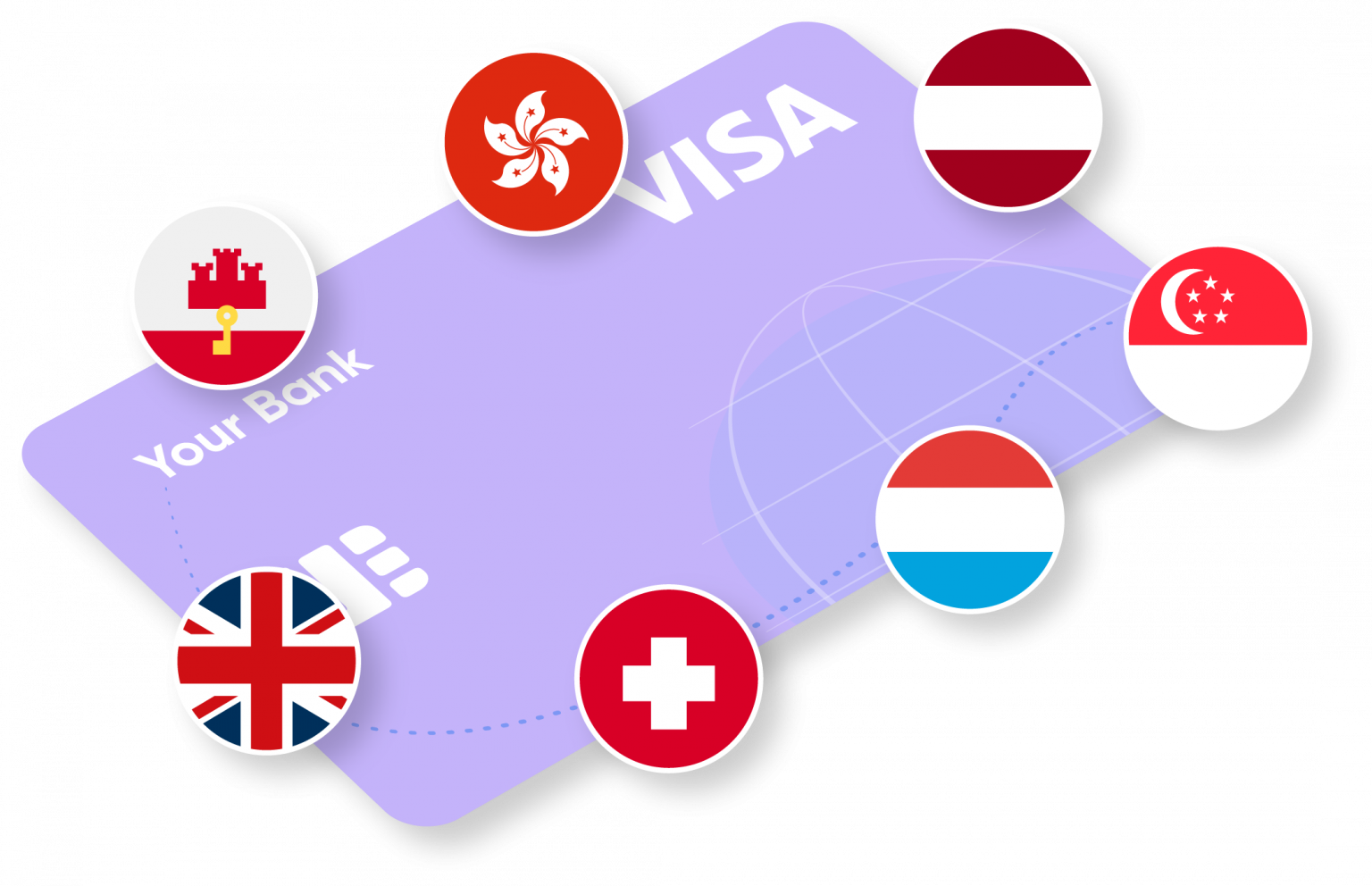Global and western Europe (Unicredit)
In 2023 UniCredit, an Italian bank, have once again shown us their commitment to becoming ‘the bank for Europe’s future’. Their ongoing 2022-2024 strategic plan brought with it a massive undertaking to restructure the bank’s IT architecture and it would seem that it is already paying off, introducing a further streamlined structure into UniCredit’s inner workings. Their 13 banks are now more connected than ever, the number of steps and approvals the client has to go through to access services is positively dwindling and the cost-to-income ratio only got better.
Following a merger with Alpha Bank Romania, UniCredit Romania has created the country’s third-largest bank by assets with the transaction expected to close some time in 2024. With its improved guidance across key metrics UniCredit is expecting to post a net profit of more than €6.5bn.
Central and eastern Europe (Raiffeisen Bank International)
Raiffeisen Bank International took first place in central and eastern Europe with their traditionally high profits and smart strategic decisions, including various acquisitions and gradual digitalisation efforts. Successful mergers in Serbia and Czechia have improved their positions in those countries, while in Romania Raiffeisen has launched a new ‘smart finance’ app for financial planning and acquired an accreditation for the use of video identification to open current accounts. The latter will be introduced as a part of the bank’s Smart Mobile app.
Asia-Pacific (Maybank)
Maybank made great improvements following the refinement of their M25+ five-year plan, advancing in their IT and fintech ventures. The bank makes most of their available datasets with data cloud and data lake technology, to provide and improve their services, encourage experimentation and cross-collaboration with the goal of understanding customer trends.
Americas (BBVA Group)
BBVA Group led the way with their technology, committed to the improvement of customers’ financial life in Latin America. While most of their gross income came from Mexico and South America, their operations in Peruvian and Argentinian markets have also increased in value. The Groups’s continued investments in the region serves to reinforce their position as one of its largest financial institutions.
Middle East (Arab Bank Group)
Jordan’s Arab Bank brings innovation despite its considerable age. Founded in 1930, the Bank made impressive advancements in the remittance sector, which reported great monetary inflow in 2022. Their newly introduced Arab Rails ledger-based solution is a new remittance bridge between the Arab Bank and non-Arab Bank accounts.
Africa (UBA Group)
UBA Group has swooped in for its third Africa’s Bank of the Year in a matter of five years. Alongside their strength in the smaller of the continent’s markets, UBA Group also maintained major footholds in Ghana in Mozambique, reporting a massive 967% growth in net income in the latter. Their universally strong performances, alongside staggering gains, have improved the Groups’s assets and revenue accordingly, edging out the competition.













